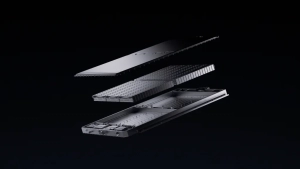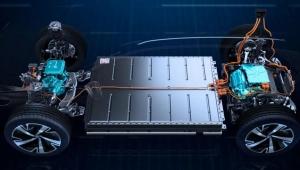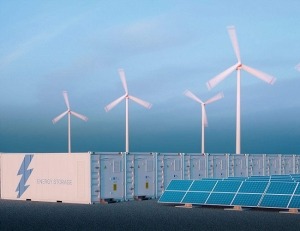Lithium iron phosphate batteries generally consist of a positive electrode, a negative electrode, a separator, an electrolyte, a casing and other accessories.The positive electrode active material is olivine-type lithium iron phosphate (LiFePO4), which can only be used after modification such as carbon coating and doping.The negative electrode active materials are graphite materials such as natural graphite and artificial graphite, as well as carbon materials such as hard carbon and soft carbon, which also require proper treatment before they can be used.The diaphragm is one or two of polyethylene (PE) and polypropylene (PP). It is often used as a single-layer or multi-layer composite film. There are also ways to increase the inorganic ceramic film on the surface of the film. To a certain extent Improve battery safety.The electrolyte is a lithium salt solution with chain or cyclic carbonate as the solvent, and special additives are added to it.The outer shell is a container that contains the other components of the battery. It is mostly made of high-strength, corrosion-resistant stainless steel, aluminum alloy, special plastics and other materials. There are also batteries with aluminum-plastic composite film as the outer shell. In actual use, a high-strength outer shell is needed for protection. .In addition, there are conductive agents that increase the conductivity of the positive and negative electrodes in the battery, the binder that fixes the active material, the copper foil and aluminum foil that support the powder material and the current collector, and connect the inside and outside of the battery and the conductive connecting piece, Auxiliary accessories such as tabs and poles.
Contact Us
For bulk purchases, special surprise pricing will be available. For larger quantities, contact us at [email protected] or fill out the form below.



















